In late September of 2022, Hurricane Ian made landfall on the barrier islands of the Pine Island Sound in Southwest Florida, a few miles from Fort Myers and the hundreds of thousands of people that call the area home. The storm initially seemed to be heading further north to Tampa before veering east, striking with the full force of 140+ mile per hour winds and storm surges up to 15 feet high along Fort Myers beach.
I spoke with my dad throughout the days leading up to Ian, learning about the preparations in Fort Myers for this hurricane that was predicted to slam Tampa. The orders to evacuate Fort Myers only came a single day before landfall. Ian was 75 miles south of where officials predicted, catching the entire city off guard. No one was adequately prepared for what was coming.
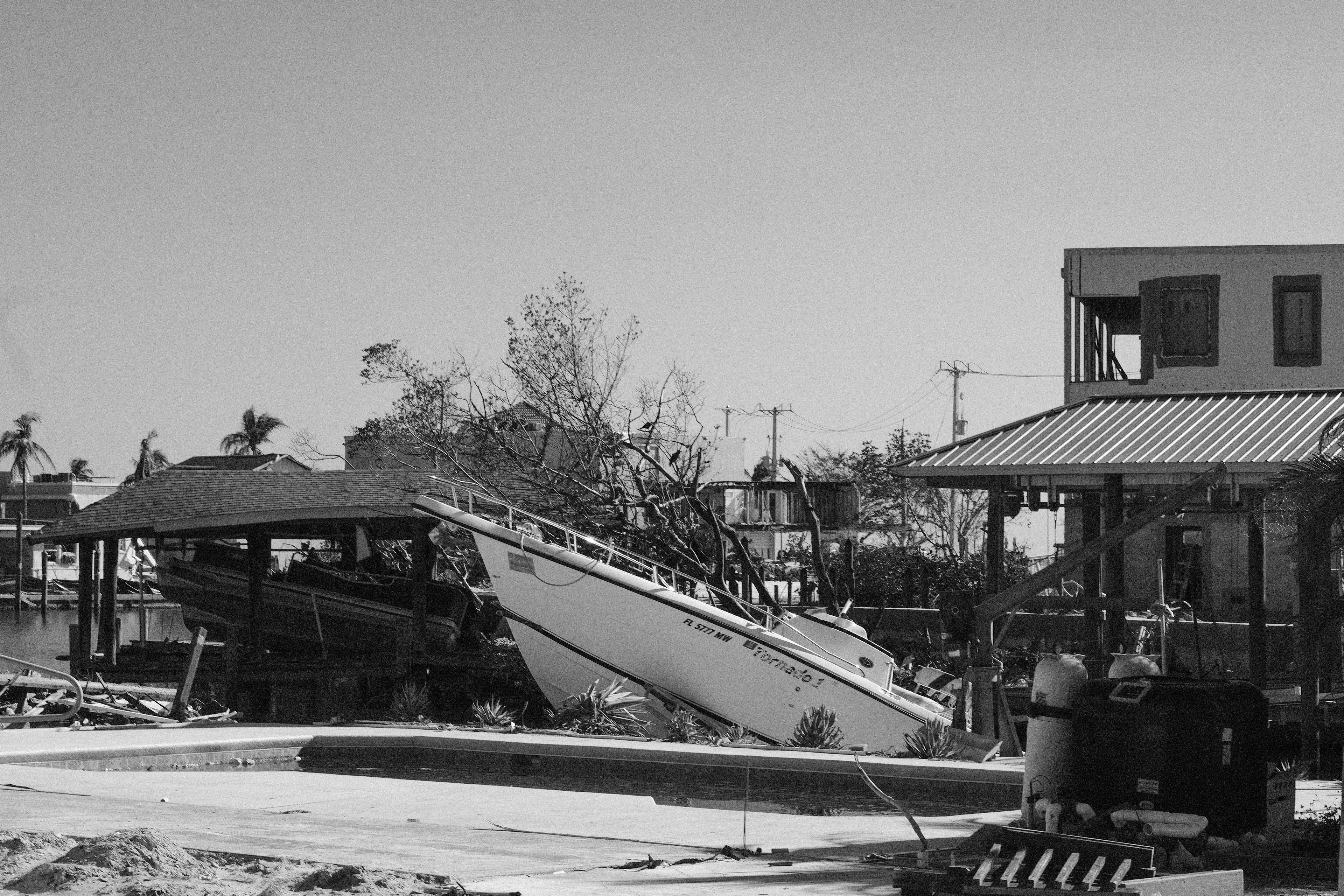
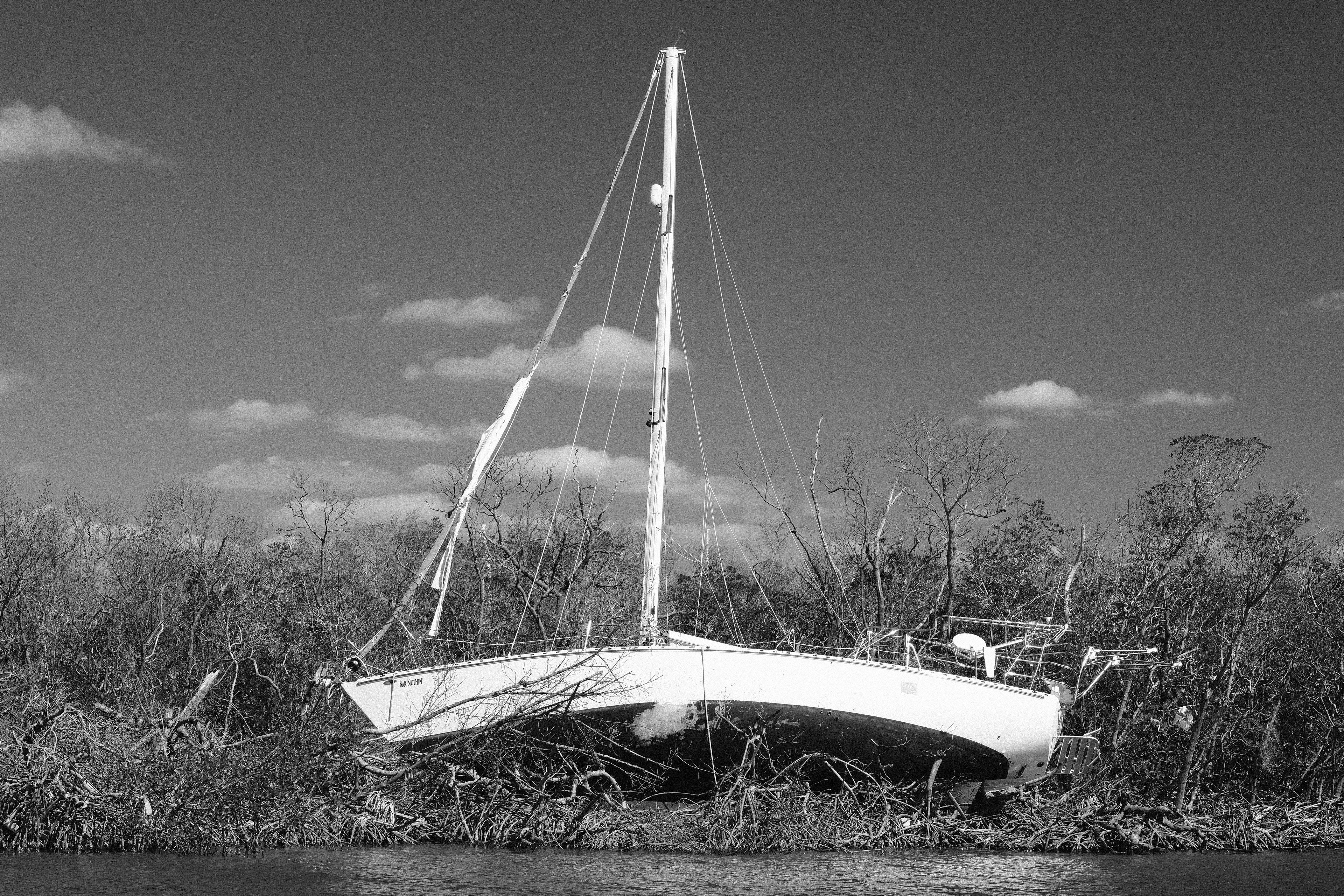
At its strongest seven hours before landfall, Ian was a Category 5 hurricane (140 knots). Weakening slightly before striking, Ian hit with an intensity of 130 knots, the full strength of a Category 4 hurricane. I didn't hear much from my dad in that time outside of a few messages giving an inside view. The lake outside of his house, normally 10-15 feet below his property, was lapping at his fence. Daylight was smothered by the storm. All power was out, lines strewn across streets. He was half an hour from the coast and luckier than most.
Hurricane Ian caused untold pain across Fort Myers, Sanibel, Pine Island, Punta Gorda - all of Lee County. According to the National Hurricane Center, Ian resulted in $110+ billion worth of damage and took 150 lives from both direct and indirect causes. It wasn't feasible to visit my dad until four months later, where we reunited and continued to try to make sense of the chaos unleashed around his home and the areas that mean so much to our family. Much was still decimated, reeling from Ian's devastation.
Amidst the devastation, however, wildlife had returned. Other people were also out trying to understand and absorb what had taken place, taking account of all that was no longer the same. Others were simply trying to enjoy what remained of the beach. It seems to me a very human trait that amidst life altering conditions, life continues on. The ability to hold tragedy in one hand and an adapted normalcy in the next.
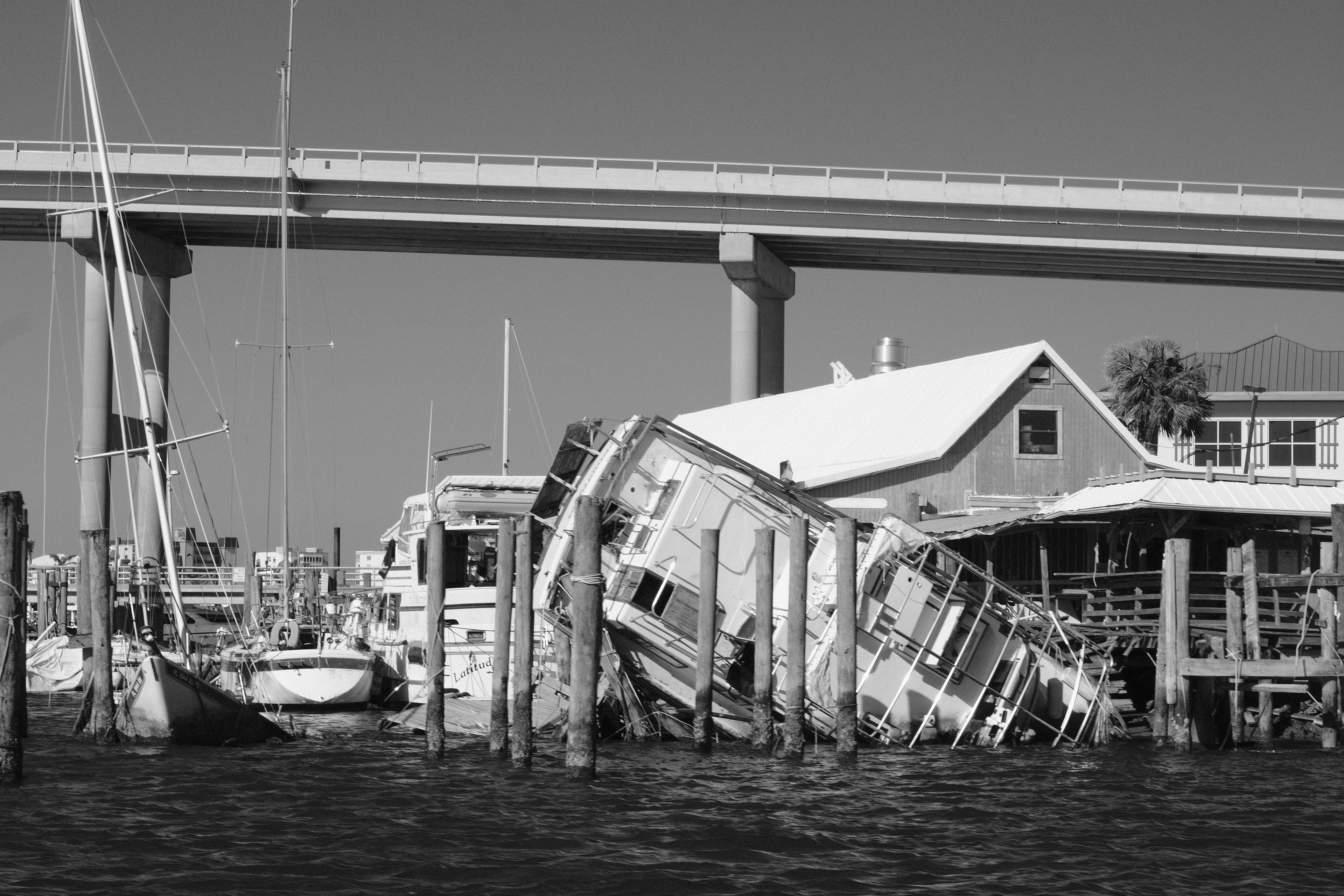
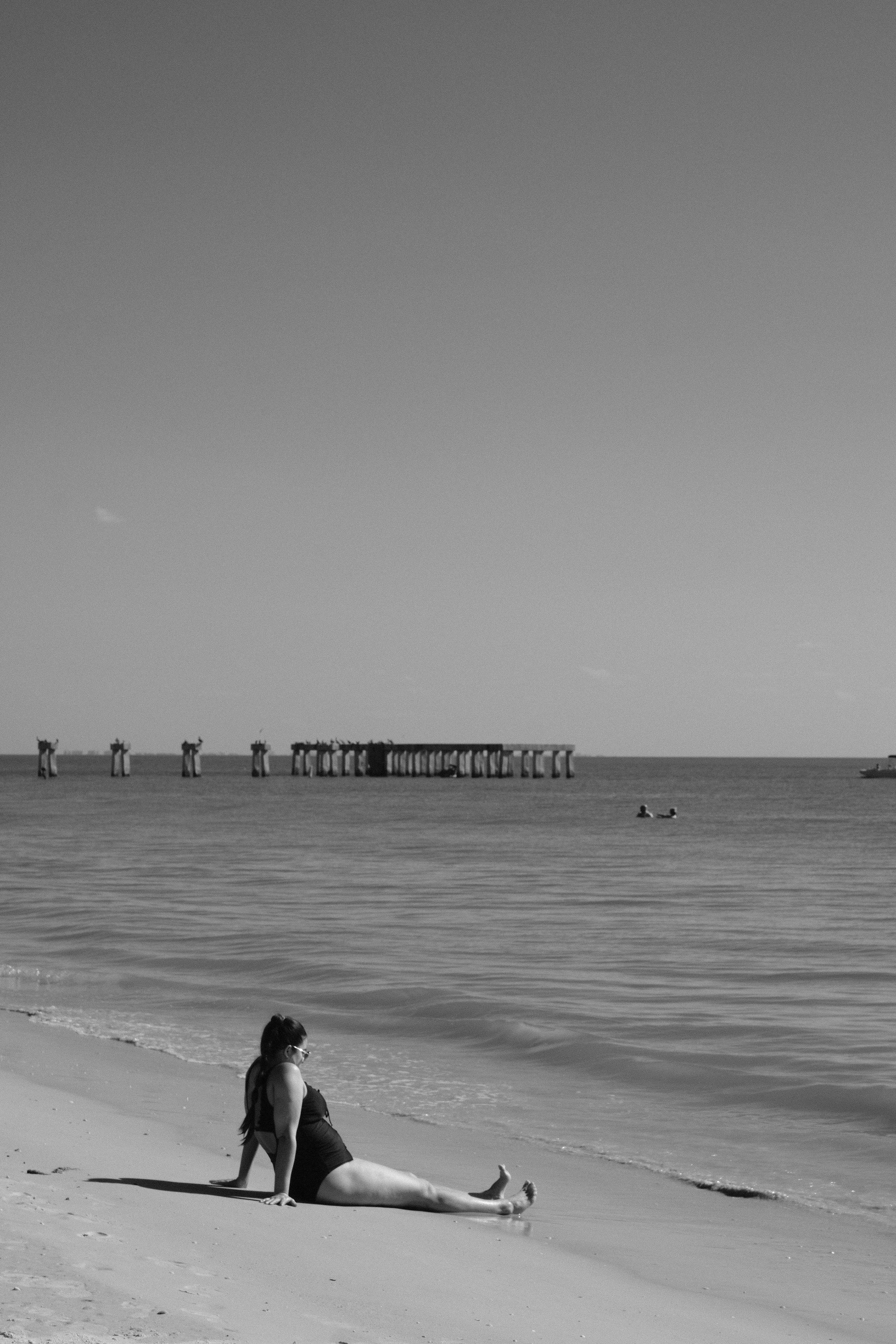
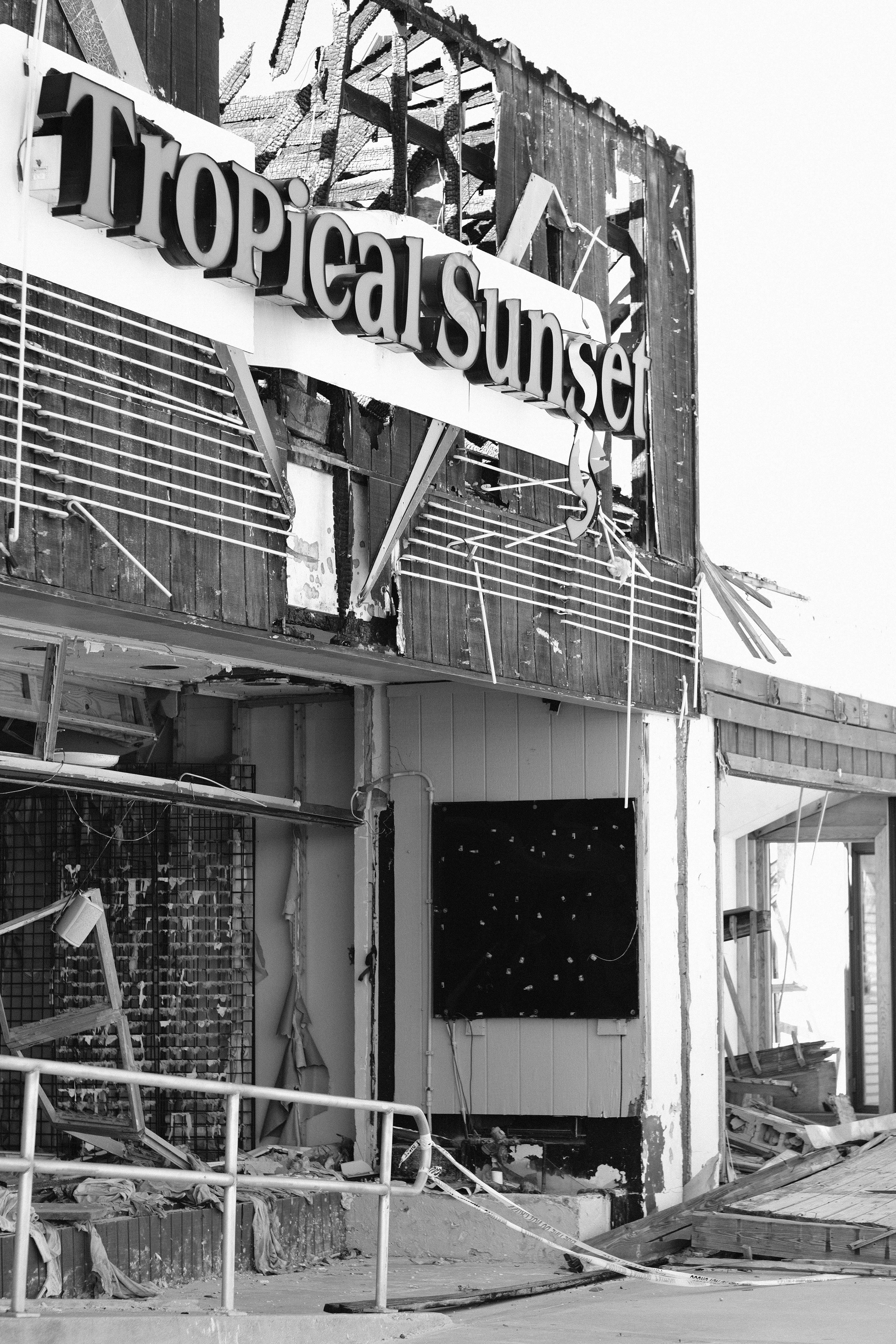
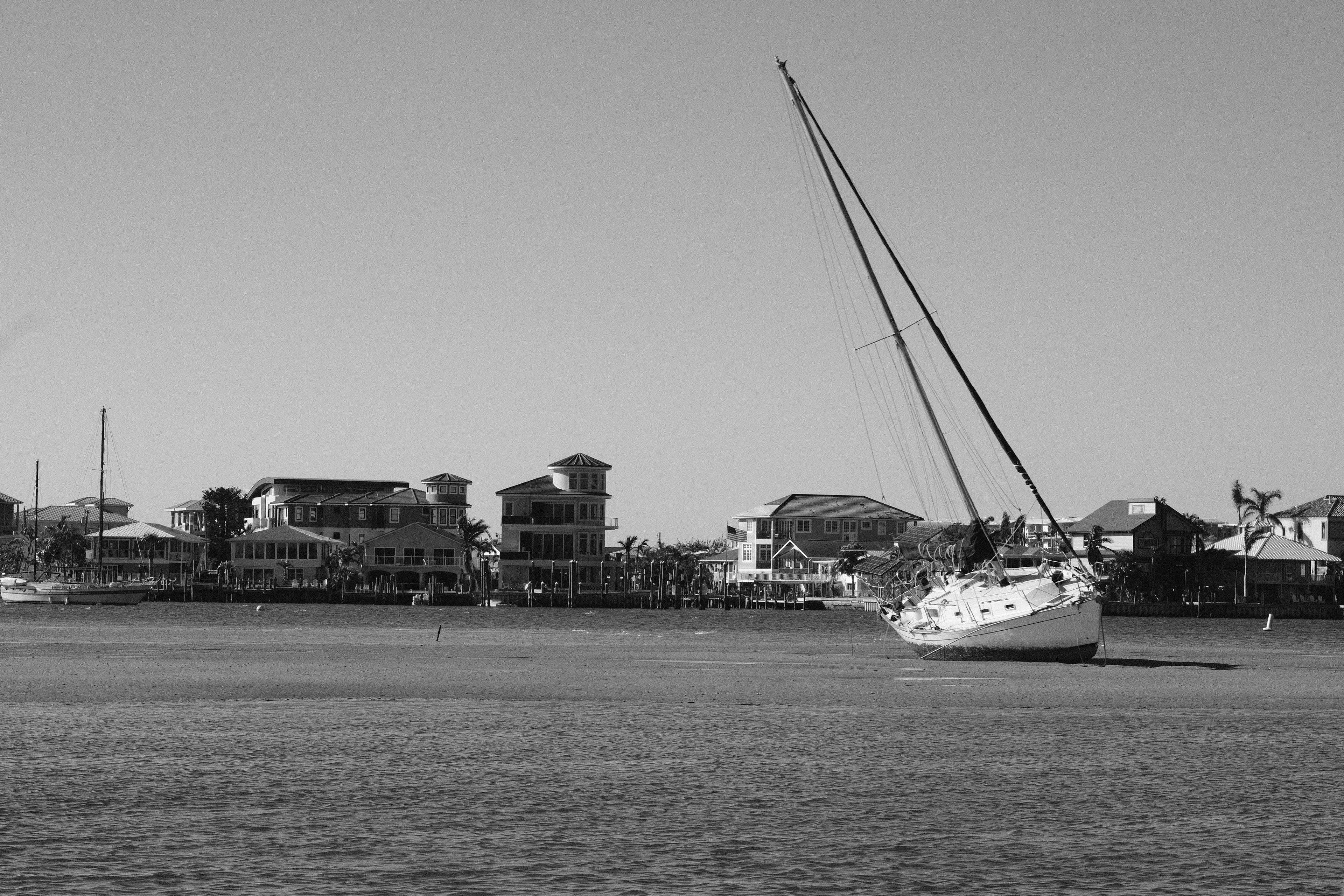
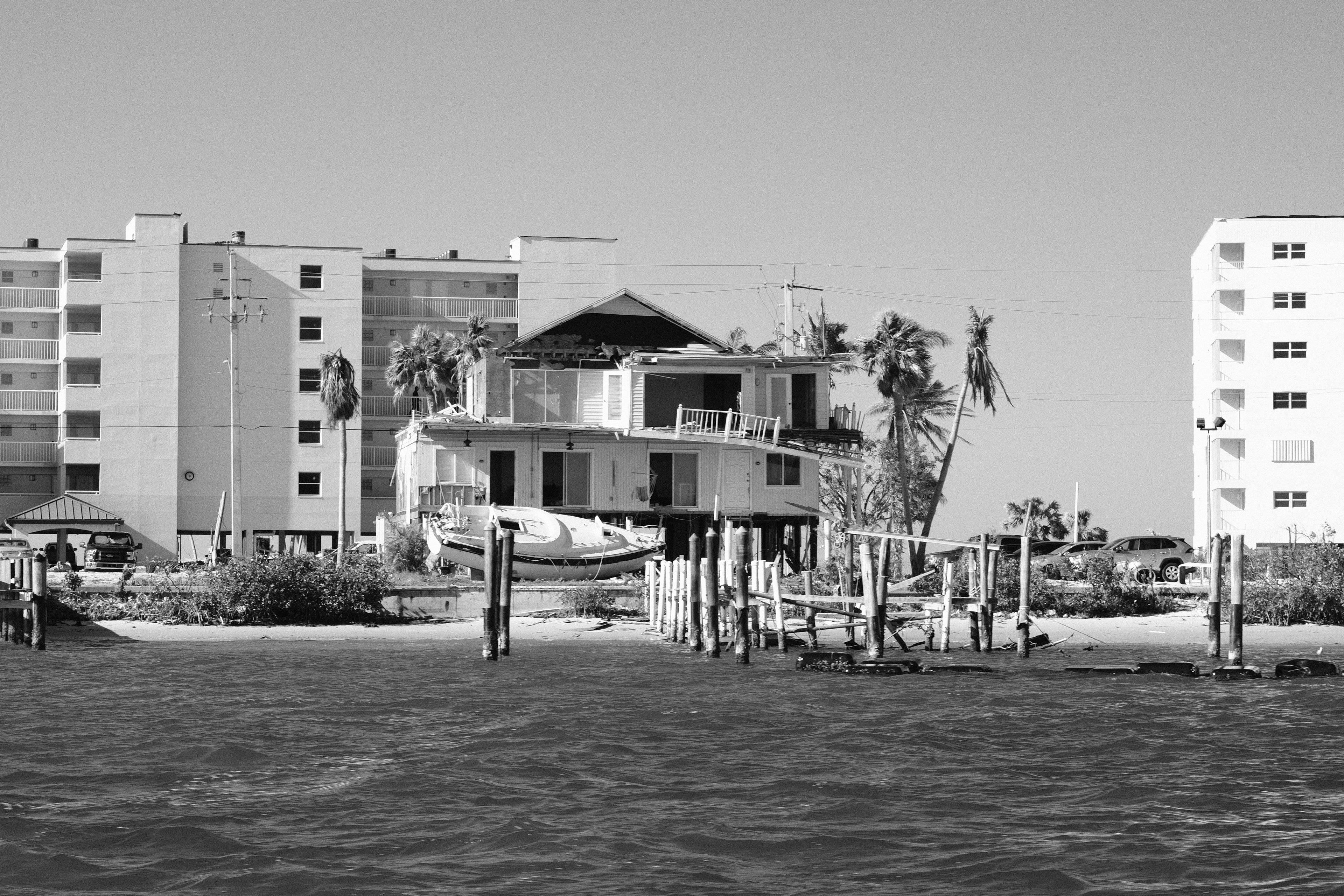
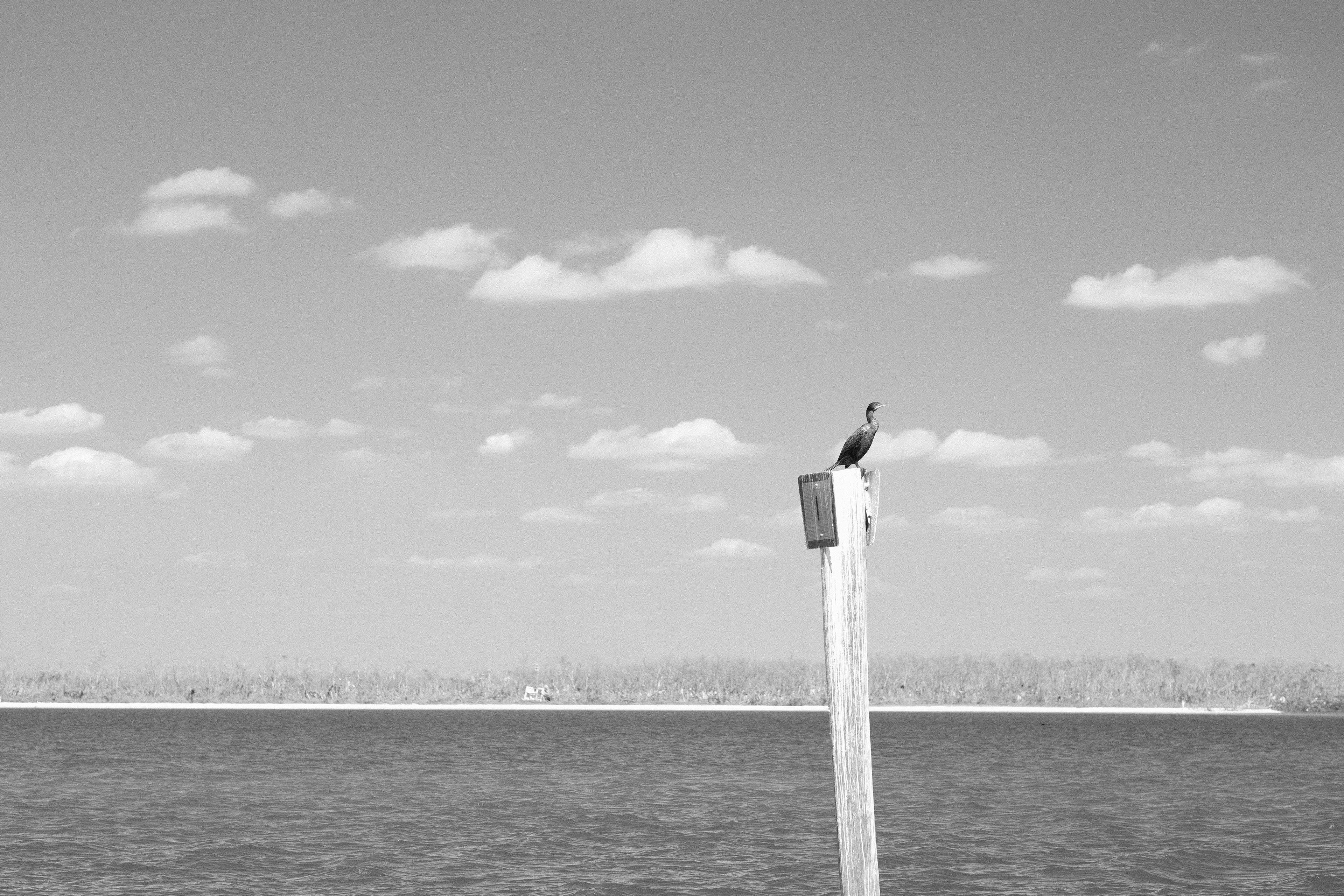
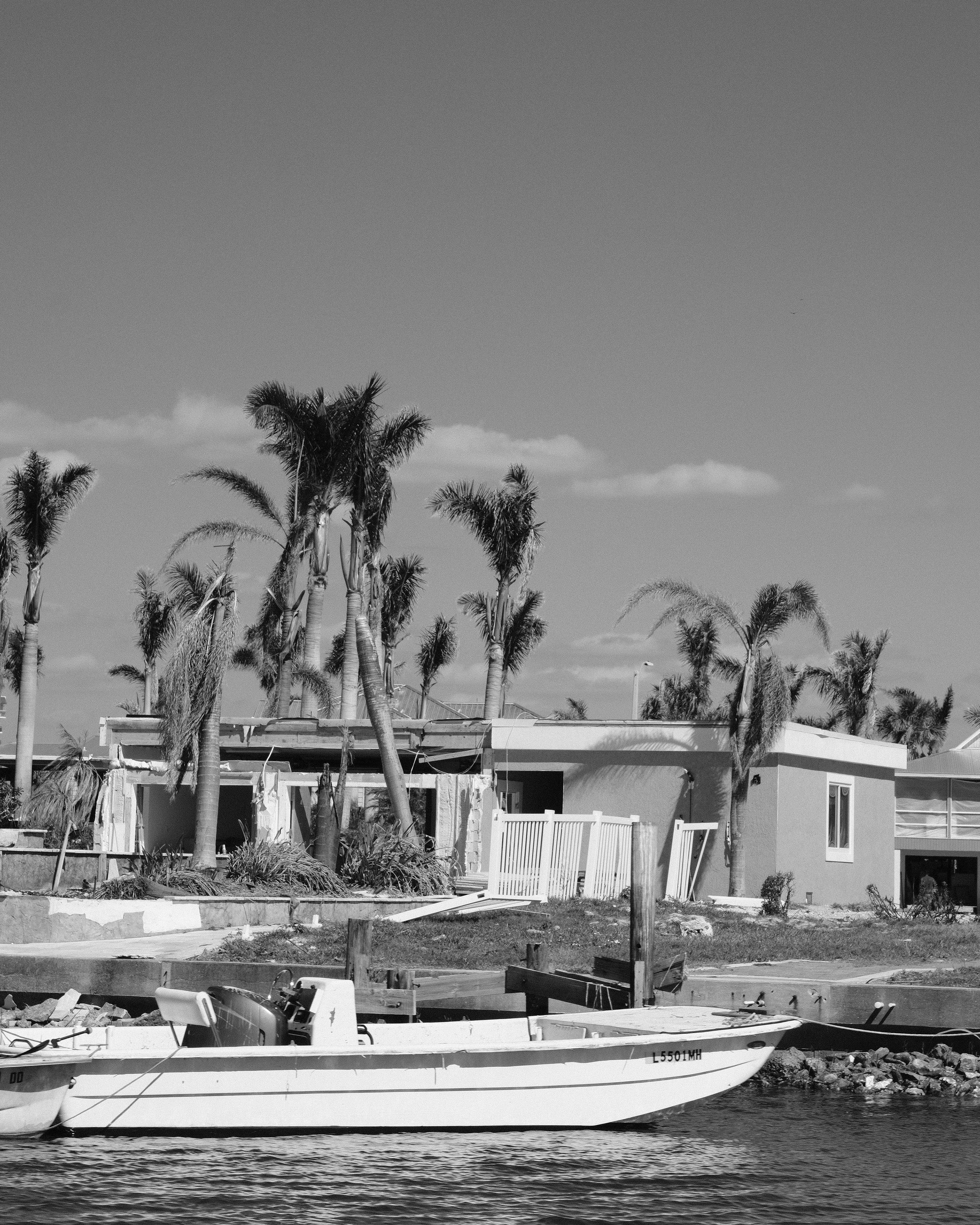
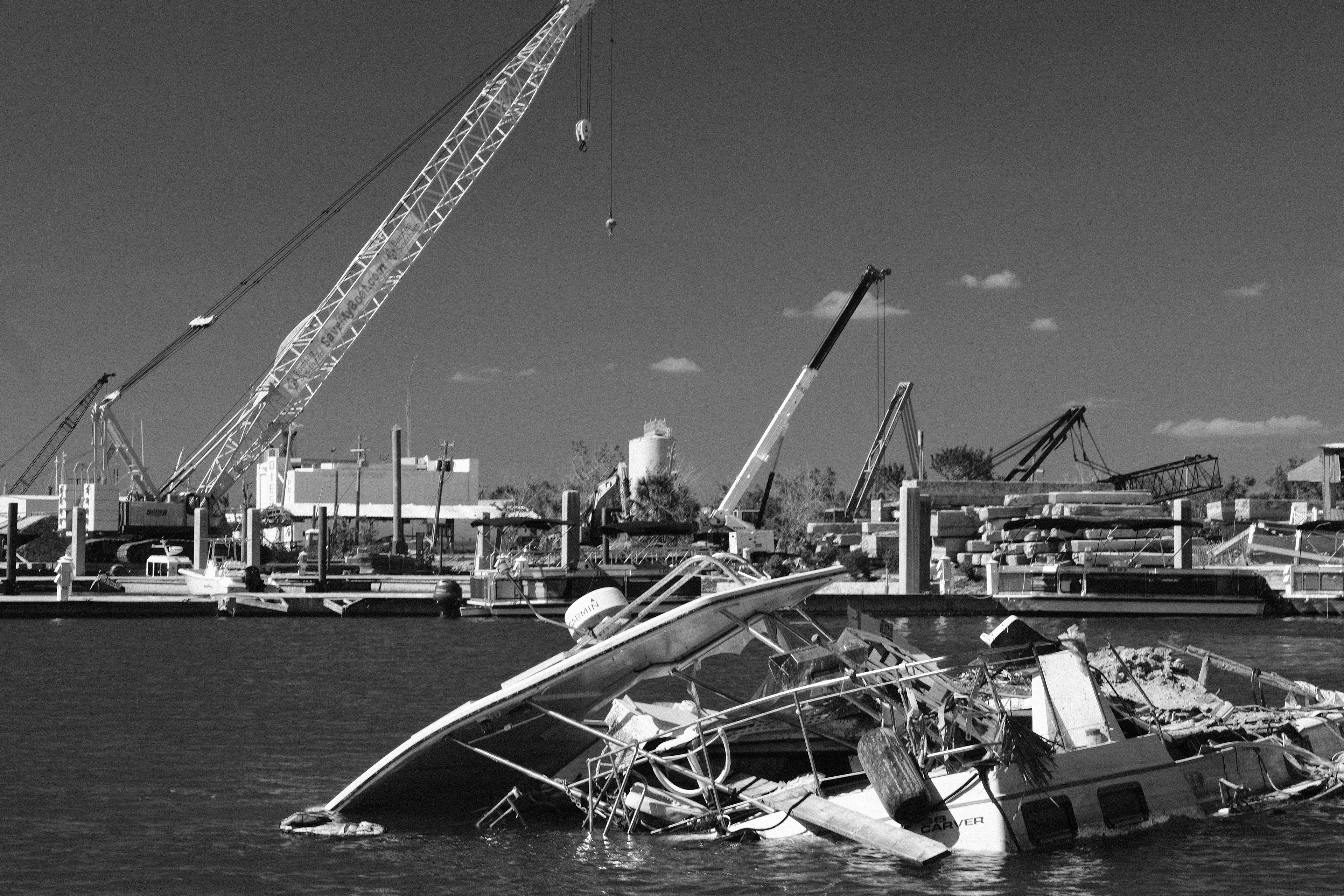
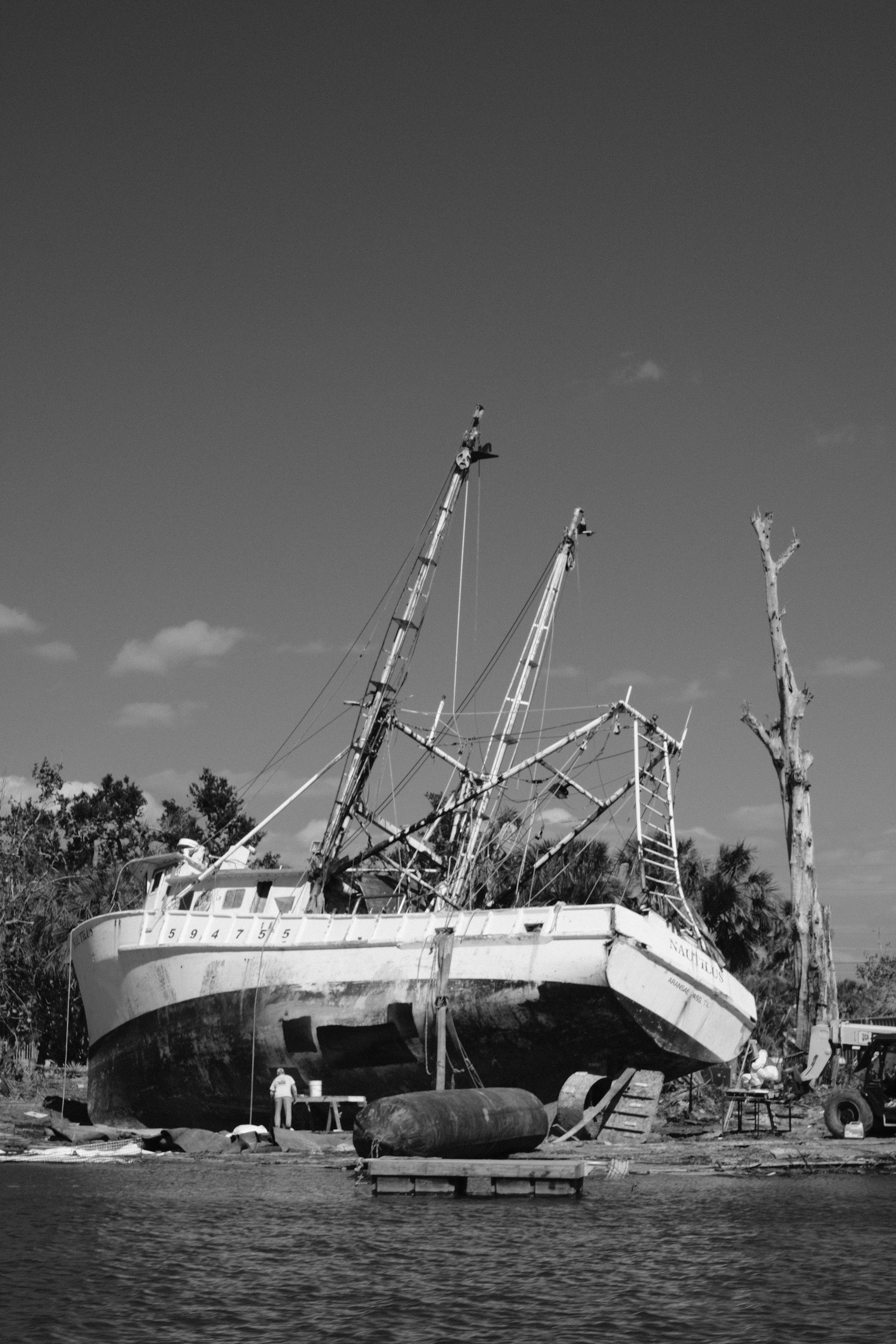
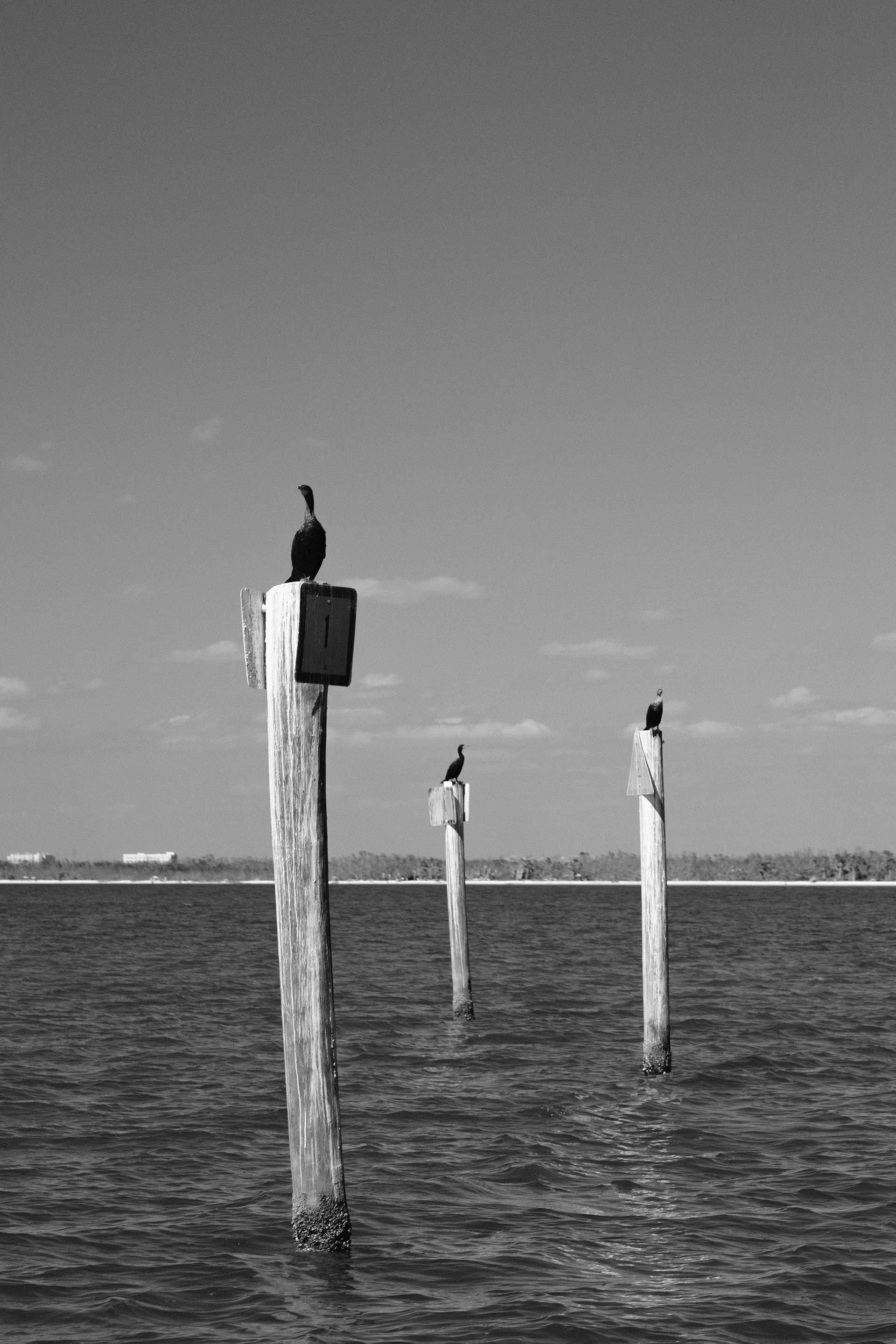
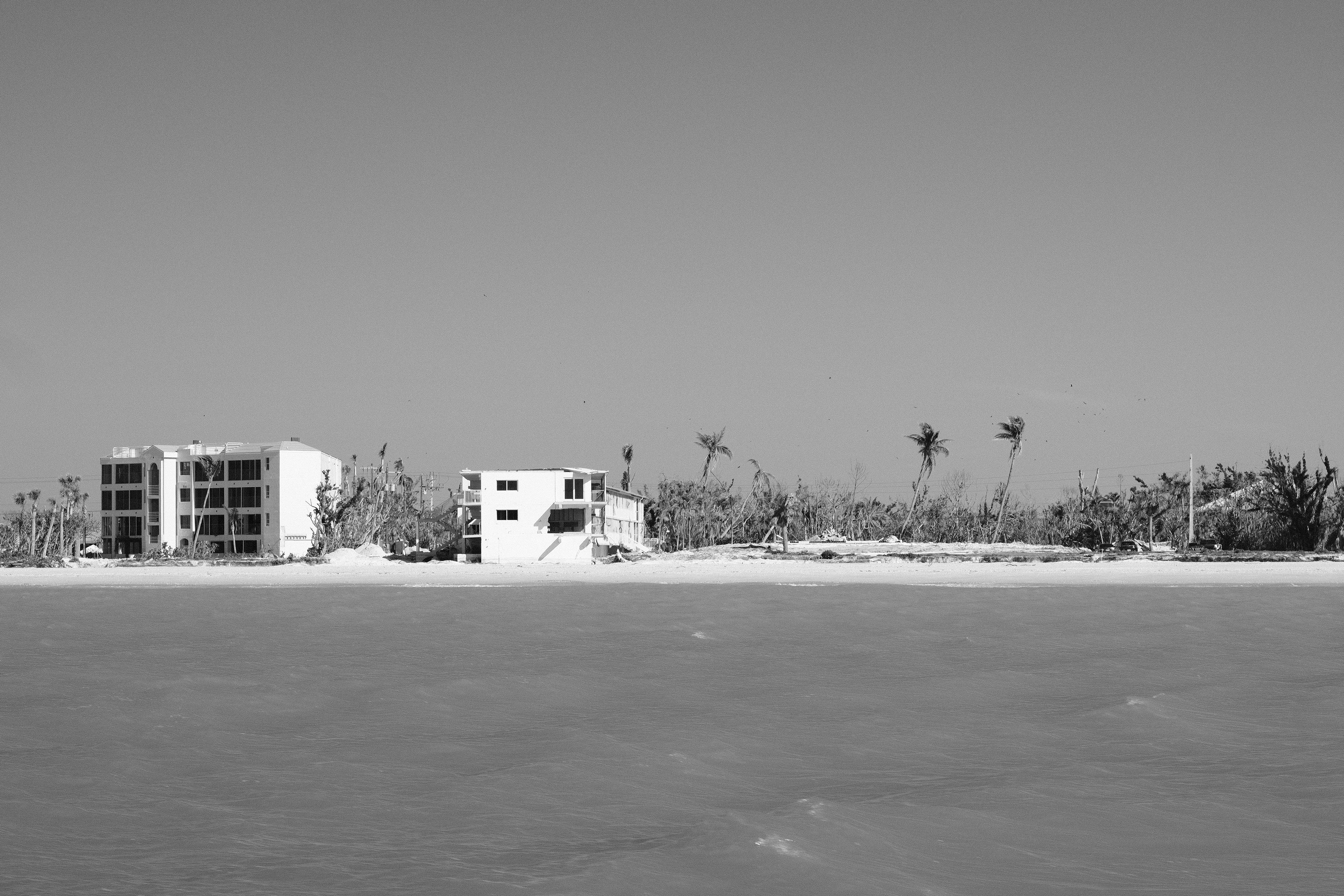
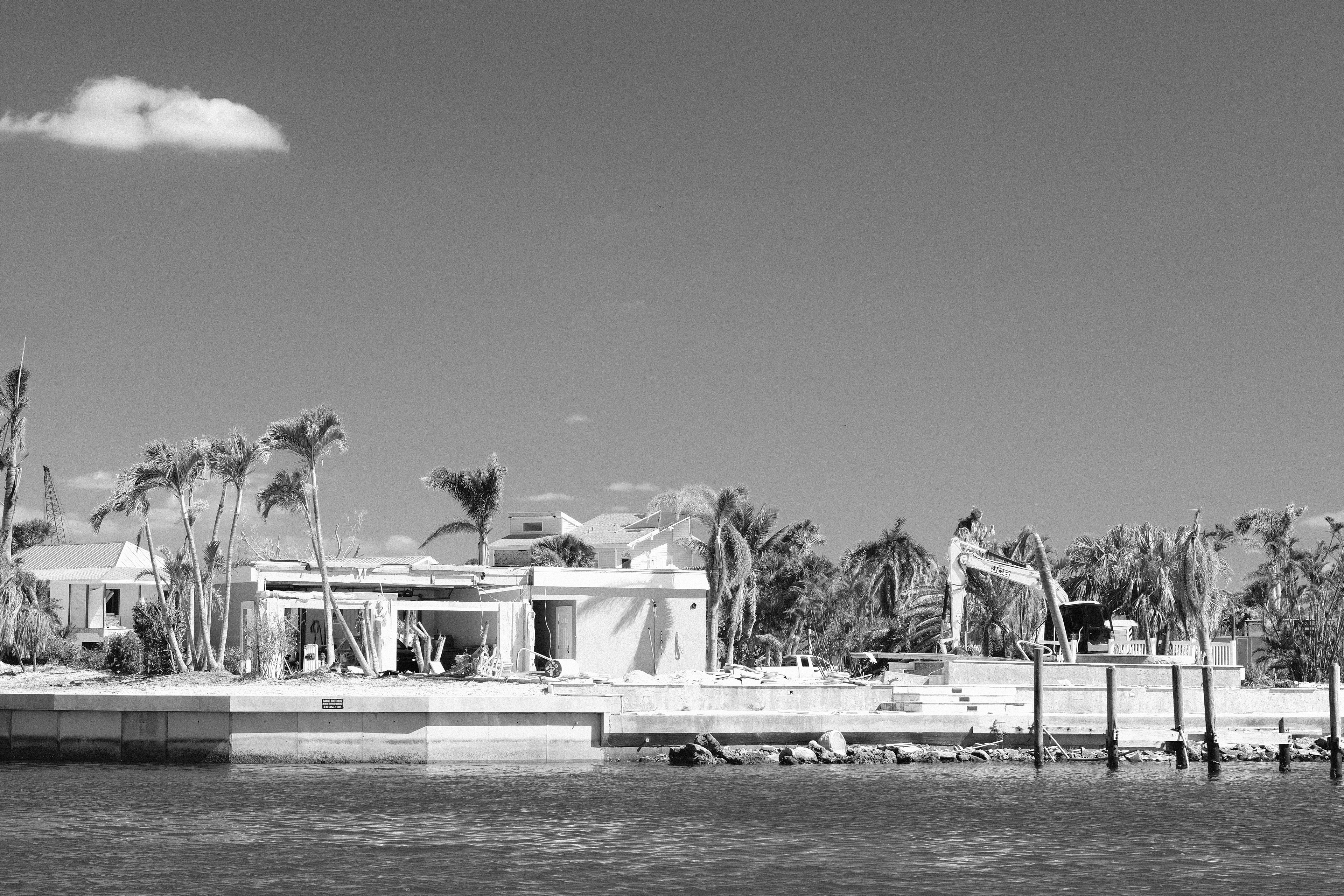
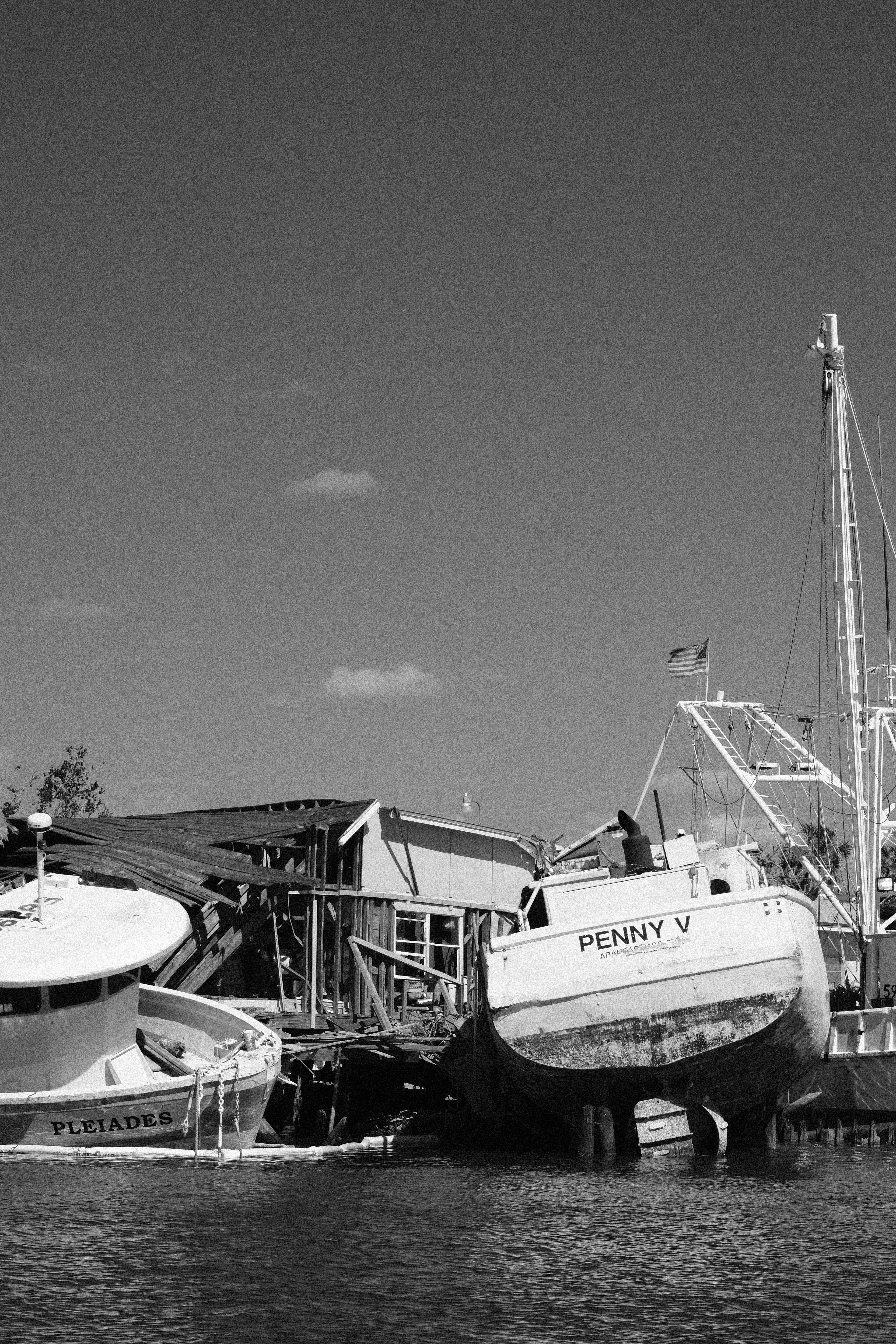
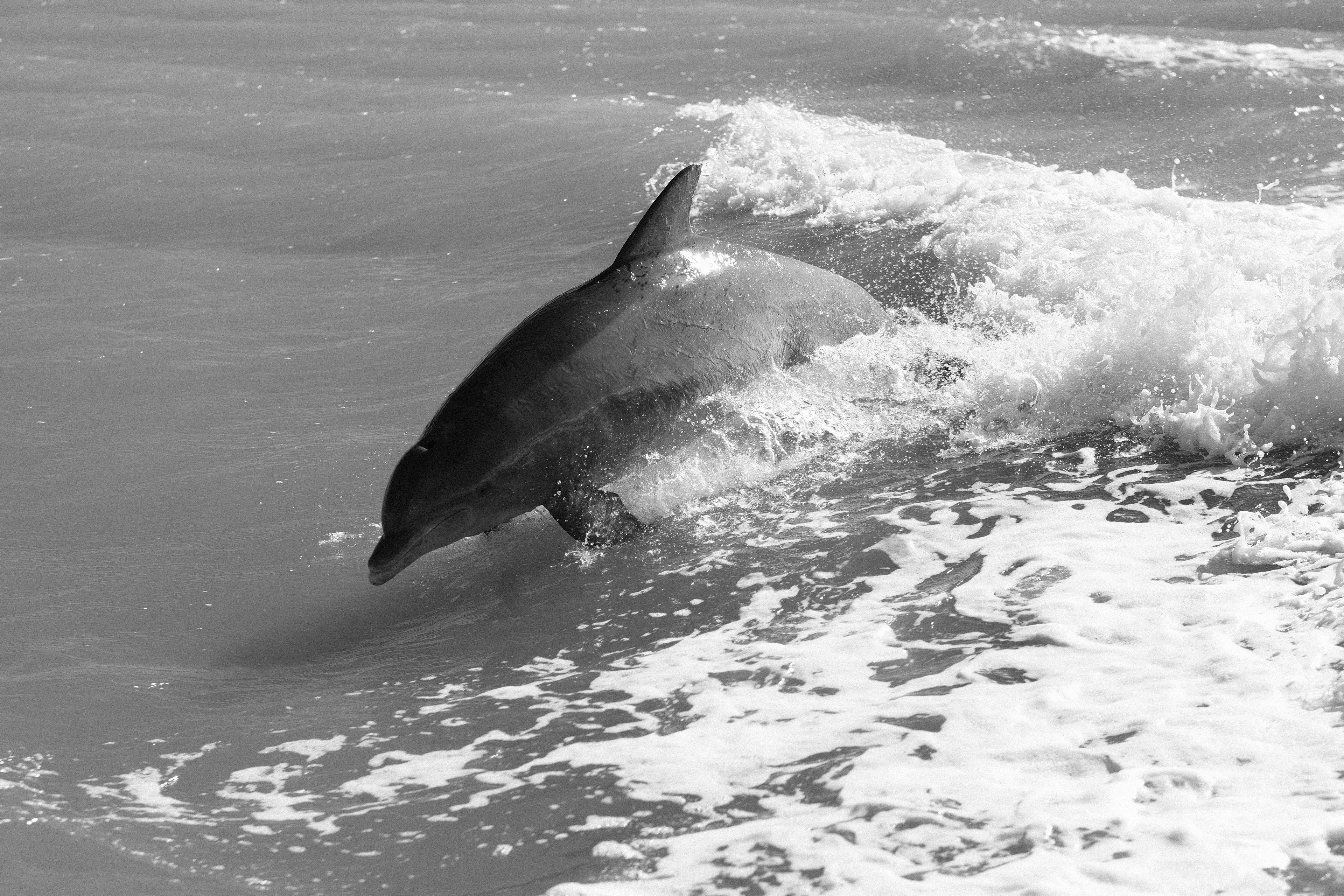
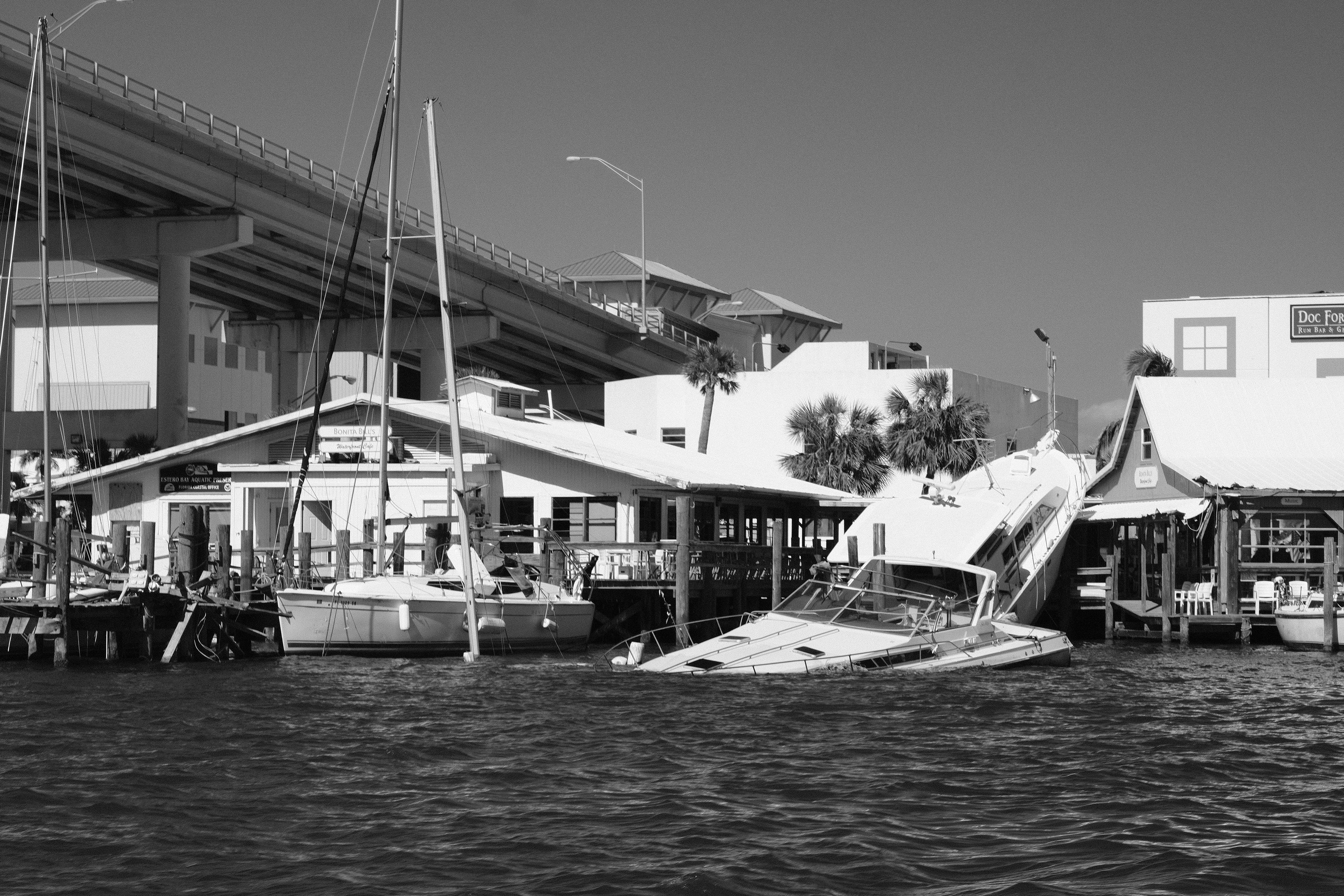
These photographs are real. They are people's livelihoods, people's homes, a city's collective memory - all of which is forever changed. They are images of a multi-year recovery four months in. They are records of a deeply rooted community, of a resilient and enduring people that have suffered much.
All credit for statistics, information, and detailed timeline are due to the National Hurricane Center, you can find their official report here.